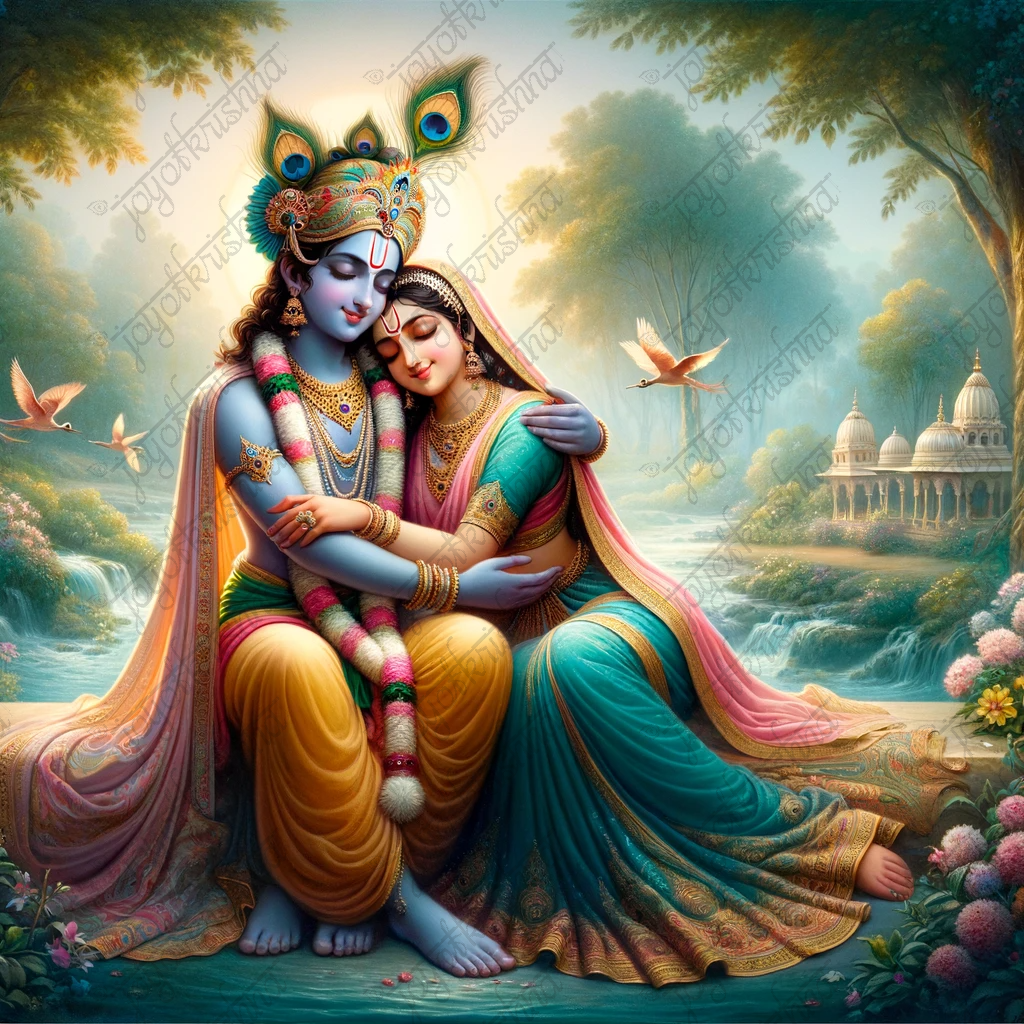
In the realm of Hindu mythology, one of the most revered and beloved deities is Lord Krishna, the eighth avatar of the supreme god Vishnu. Born in the city of Mathura, Krishna’s arrival on this earth was marked by a series of miraculous events, setting the stage for a life filled with divine interventions, profound teachings, and extraordinary exploits. As a child, Krishna was known for his mischievous pranks and incredible feats, such as lifting the Govardhan Hill on his little finger to protect the villagers from torrential rains, and stealing butter from the homes of the gopis, the cowherd girls who adored him. These tales of Krishna’s childhood, as narrated in the Bhagavata Purana, have captivated the hearts of devotees for centuries, showcasing the playful and affectionate nature of the divine.
As Krishna grew up, his role in the epic tale of the Mahabharata became increasingly significant. He served as a counselor to the Pandavas, the five brothers who were the protagonists of the epic, and played a crucial role in the Battle of Kurukshetra, where he delivered the famous Bhagavad Gita, a treatise on spirituality, duty, and self-realization. The Bhagavad Gita, which is considered one of the most sacred texts of Hinduism, is a dialogue between Krishna and the Pandava prince Arjuna, in which Krishna imparts his wisdom on the nature of reality, the path to enlightenment, and the importance of fulfilling one’s duty. Through his teachings, Krishna emphasized the need to cultivate a sense of detachment, to let go of ego and desires, and to surrender to the divine will.
Krishna’s relationship with the gopis of Vrindavan is another fascinating aspect of his mythology. The gopis, who were married women, were so enchanted by Krishna’s charms that they would leave their homes and families to be with him, dancing and singing in his company. This phenomenon, known as the Raas Leela, has been celebrated in art, literature, and music for centuries, symbolizing the union of the individual soul with the divine. The gopis’ love for Krishna was not limited to romantic attachment; it represented a deep spiritual longing, a desire to transcend the mundane and experience the bliss of union with the ultimate reality.
Throughout his life, Krishna demonstrated his divinity through various miracles and feats, from subduing the serpent Kaliya to bringing back the dead son of his guru, Sandipani. His legendary exploits have inspired countless adaptations in art, literature, and popular culture, cementing his status as one of the most beloved and revered deities in Hinduism. As a symbol of divine love, wisdom, and power, Krishna continues to captivate the hearts of millions, offering a profound message of hope, redemption, and spiritual transformation.
In the end, Krishna’s story is a testament to the transformative power of love and devotion. Through his teachings, his relationships, and his extraordinary life, he reminds us that the divine is not a distant entity but an intimate presence, accessible to all who seek it with an open heart and mind. As we reflect on the mythology of Krishna, we are invited to embark on a journey of self-discovery, to explore the depths of our own consciousness, and to experience the bliss of union with the ultimate reality.